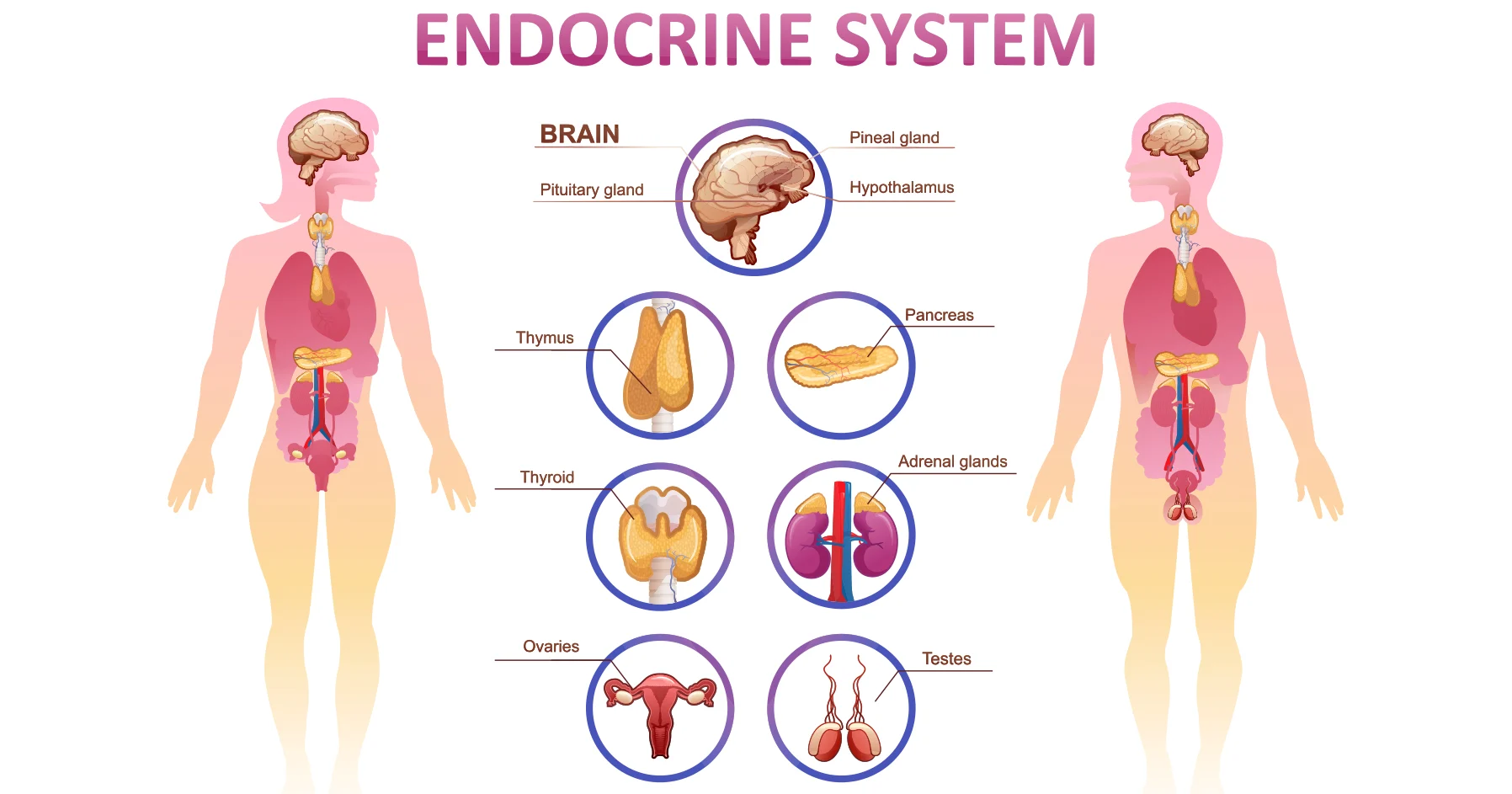Managing pain can be tough. Pain management specialists have a range of tools to help. One effective method is biofeedback. Biofeedback uses simple devices to measure body functions. This helps patients understand their body’s signals. By doing this, they can learn to manage pain better. For those dealing with backpain greenwich, biofeedback can be a game-changer. Let’s explore how specialists use this technique to ease discomfort and improve life quality.
What is Biofeedback?
Biofeedback is a technique that helps people control their body’s functions. It uses sensors attached to the body to provide information about physical signs like heart rate, breathing, and muscle tension. By receiving feedback, patients learn to make small changes in their bodies. This can help in managing pain and reducing stress.
How Biofeedback Works
The process begins with attaching sensors to the skin. These sensors monitor physiological activities. The data collected is displayed on a computer screen. Patients can see how their body responds to stress and pain. With this information, they can practice techniques to control their body’s response. Over time, this can lead to a reduction in pain levels.
Benefits of Biofeedback
Biofeedback offers several advantages in pain management:
- Non-invasive and safe
- Empowers patients to take control of their pain
- Reduces reliance on medication
Biofeedback vs. Traditional Pain Management
It can be helpful to compare biofeedback with traditional methods of pain management. Below is a table that outlines key differences:
| Aspect | Biofeedback | Traditional Methods |
| Approach | Interactive and self-controlled | Passive and medication-based |
| Side Effects | Minimal | Possible medication side effects |
| Long-term Benefits | Focus on skill building | Symptom relief |
Conditions Treated with Biofeedback
Biofeedback is not limited to back pain. It can help with various conditions, such as:
- Chronic headaches
- Fibromyalgia
- Temporomandibular joint disorder (TMJ)
Getting Started with Biofeedback
Starting biofeedback requires consultation with a specialist. The process is simple:
- Initial assessment to understand pain triggers
- Setting up sessions with a qualified therapist
- Regular practice to develop control over body responses
For more detailed information on biofeedback, consider visiting resources like the National Center for Complementary and Integrative Health. They provide a comprehensive look at how this technique works in different health scenarios.
The Role of Specialists
Pain management specialists play a crucial role. They guide patients through the process, ensuring effective use of biofeedback. Their expertise ensures that patients receive personalized plans tailored to their specific needs.
Future of Biofeedback in Pain Management
With ongoing research, biofeedback continues to evolve. New technologies promise even better effectiveness. Access to resources like the National Institutes of Health can provide updates on the latest advancements in this field.
Biofeedback offers a promising path for those seeking alternatives to traditional pain management methods. By empowering individuals with skills to control their bodies, it opens doors to improved well-being and a more comfortable life.


